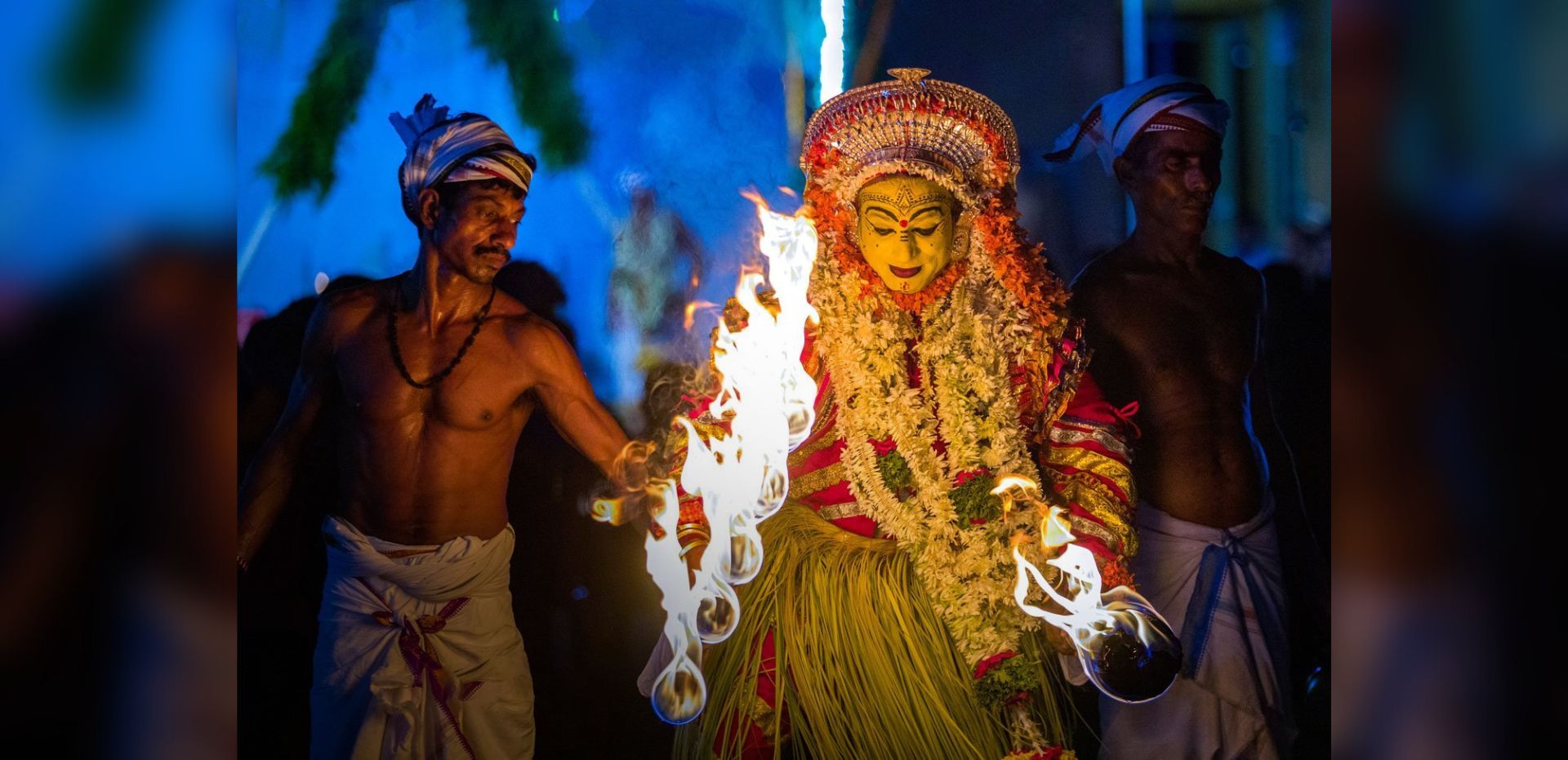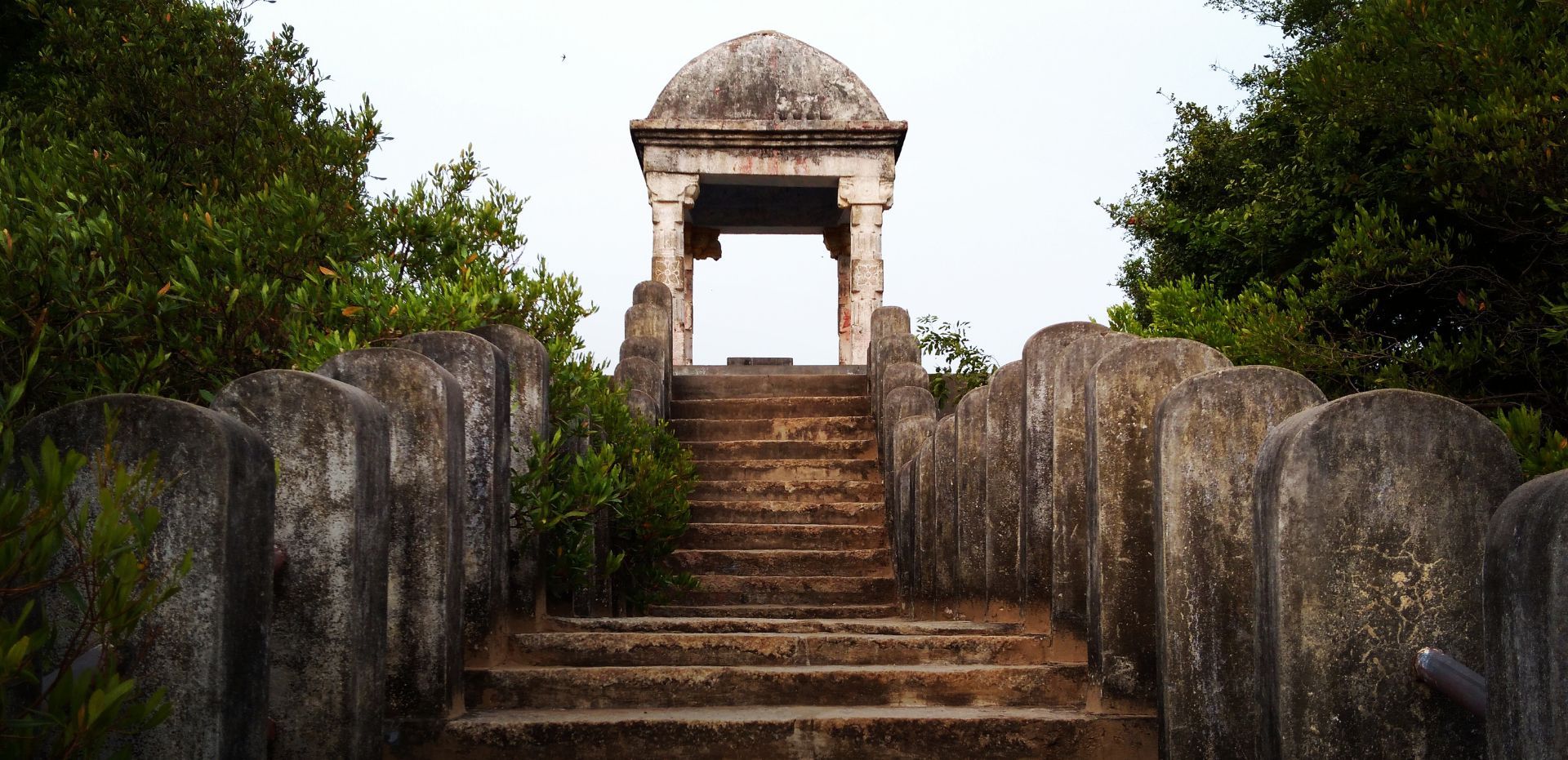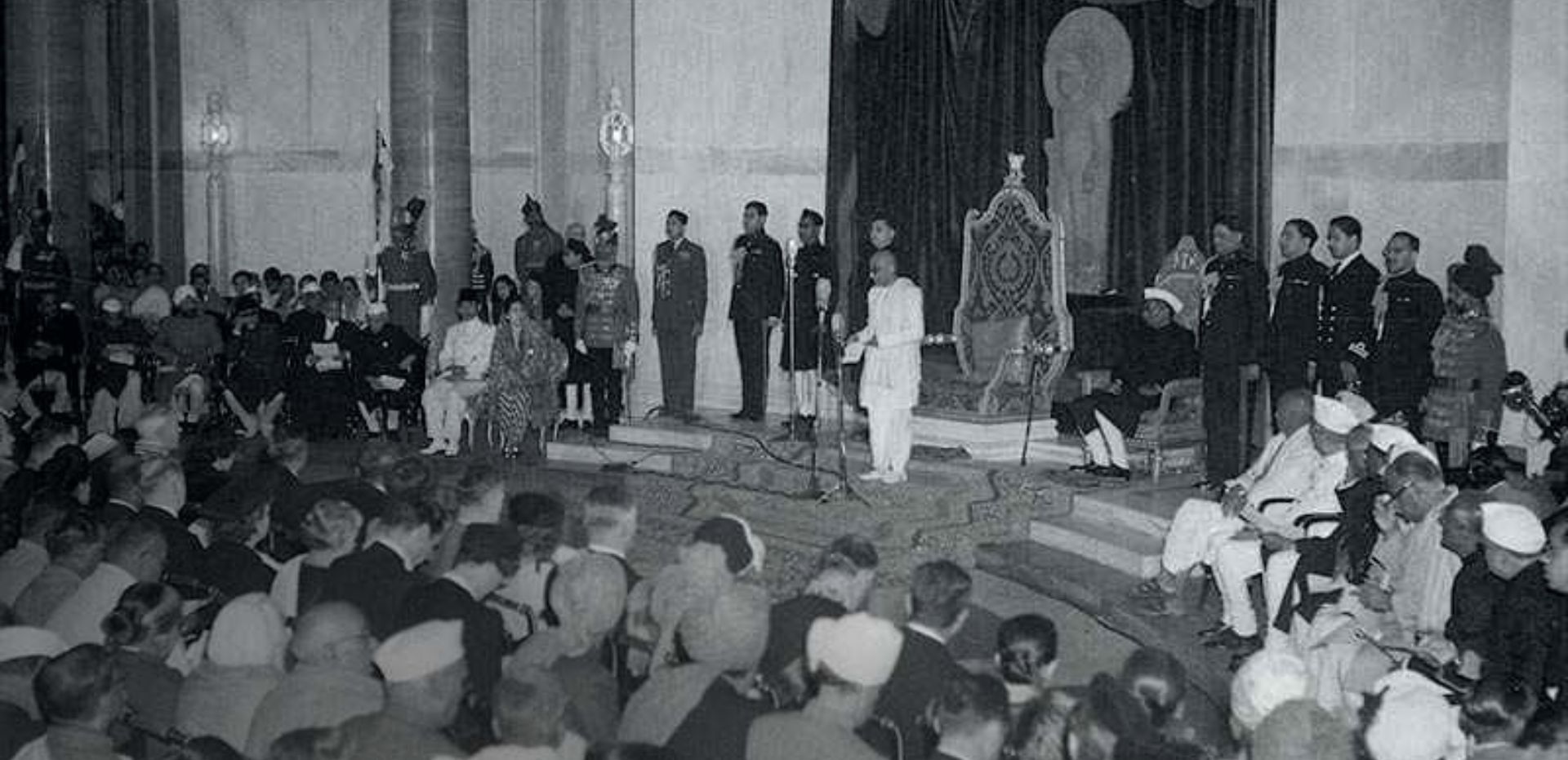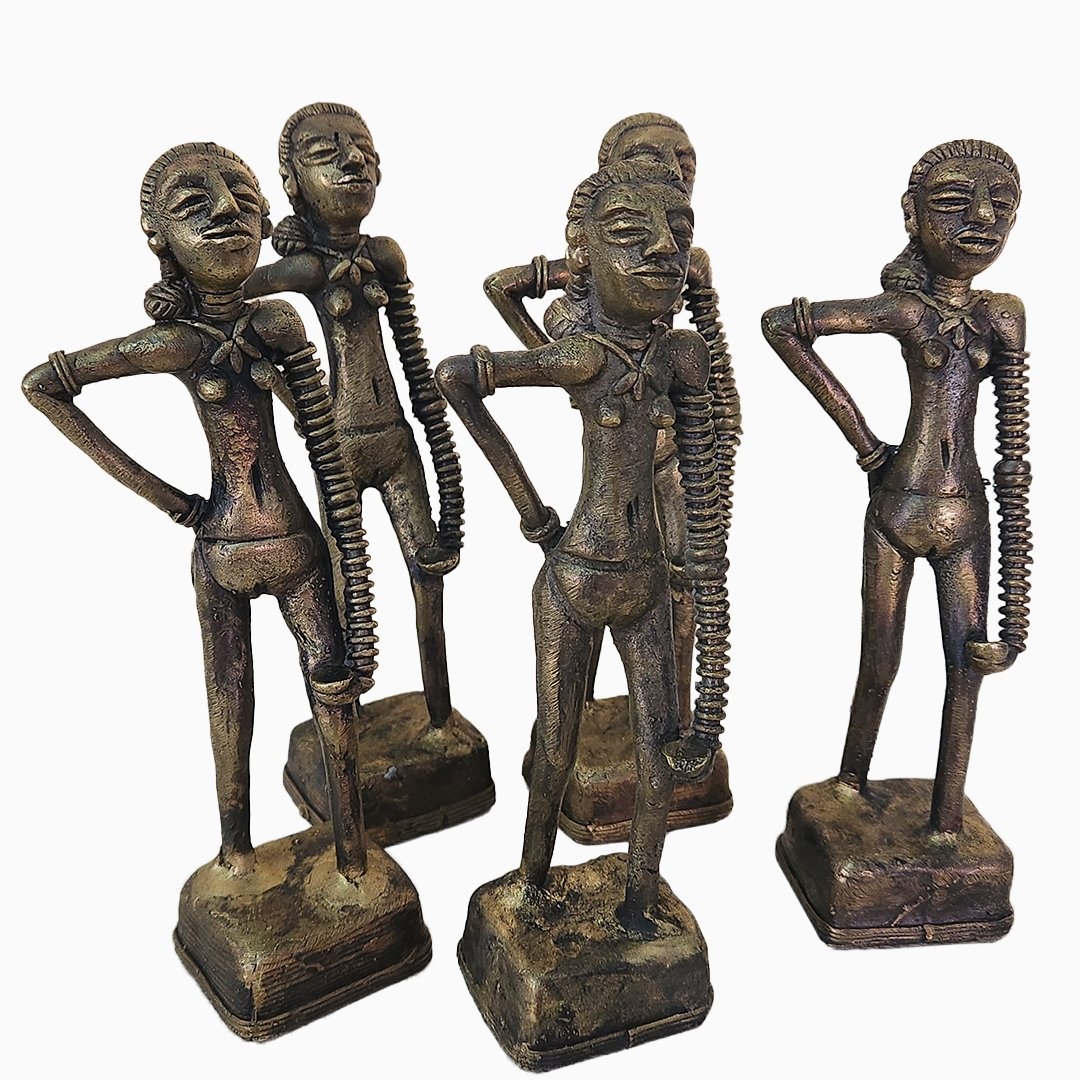Bathinda’s Historic Fort
BOOKMARK
Bathinda in Punjab is a thriving modern city today, but did you know that it is also one of the oldest cities in the region with a fascinating history? Also adjoining one of the busiest parts of the city, the Dhobi Bazaar, stands a 1,600-year-old fort known as the Qila Mubarak. It was here that the famous Razia Sultan was imprisoned as she faced off with the Turkish nobility and lost the Delhi throne in 1240.
Although most of its history is buried in obscurity, from what we know, it seems the area in and around Bathinda Fort was full of sand dunes before a Rajput clan called the Bhattis settled here in the 3rd century CE. The foundation of the city was laid by Rao Bhatti, who also established the town of Bhatner 100 km away, in the neighbouring state of Rajasthan. It is believed that the foundations of the fort of Bathinda too were laid around the same time.
Over time, there were constant conflicts between the Bhattis and another clan of local Rajputs, the Barars, for control over Bathinda, with the Barars ultimately managing to wrest power. In time, the city acquired a strategic position from the defence and commercial standpoints as it was situated on the route from Lahore to Delhi.
Mention of the town next surfaces only in the 11th century, when it was ruled by the Hindu Shahi rulers and faced an attack from Mahmud of Ghazni. Ghazni is infamous for attacking India 17 times between 1000 CE and 1026 CE, and plundering the famous Somnath temple. In his conquest of Northern India, he also besieged Qila Mubarak in Bathinda in 1004 CE.
Later, in 1164 CE, the region came under the Rajput Chauhans, among whom Prithviraj Chauhan was the most prominent ruler. He made substantial additions to the fort and developed it as an important military station. However, Bathinda did not remain under the Chauhans for long due to a sustained onslaught from Muhammad Ghori, who belonged to the Ghorid dynasty which replaced the Ghaznavids in Afghanistan. After a long struggle, Prithviraj Chauhan was defeated by Ghori in the Second Battle of Tarain in 1192. Bathinda came under the Delhi Sultanate when Muhammad Ghori’s successor, his slave Qutb-ud-din Aibak, became the first Sultan of Delhi in 1206 CE.
Strategically located, the fort of Bathinda was important to the Delhi Sultanate and it played an especially important role in the time of Razia Sultan, the first woman ruler to occupy the throne of Delhi. Faced with open rebellion and strife from patriarchal Turkish nobility, she held the reins for barely four years before she was forced to fight for what was hers.
Soon after she took charge, Razia found herself at the centre of a conspiracy to oust her. Malik Altunia, the Governor of Bathinda, revolted as part of the plan. As soon as Razia reached Bathinda to suppress the revolt, she was treacherously imprisoned in the fort, Qila Mubarak, in April 1240 and dethroned.
But the feisty Razia didn’t give up. In August 1240, she and Altunia formed a political alliance and got married, proceeding to Delhi to fight against Razia’s brother, Bahram Shah, who had replaced her as the emperor. However, they could not withstand the onslaught of Bahram’s army and were forced to retreat. The couple was assassinated by a local tribe in Kaithal in Haryana, on their way back to Bathinda.
For a long time after this, the fort of Bathinda disappeared into obscurity and fell to ruin due to the drying up of the Ghaggar river and other streams that had nourished its territory. Then, in 1754, the fort was conquered by the founder of the princely state of Patiala, Maharaja Ala Singh. According to local tradition, Guru Gobind Singh, the tenth Sikh Guru, stayed here for a brief period in 1707 after the Battle of Muktsar at Khidrana, where the Sikh forces had fought the Mughals. To commemorate the Guru’s visit, descendants for the Maharaja built a gurdwara inside the Qila Mubarak. Since then, the fort has also been referred to as ‘Gobindgarh’.
The fort of Bathinda is steeped in history. At its peak, it covered 14 acres and had 36 bastions. Sadly, although it has stood for over 1,600 years, it is now confronting its worst enemy – neglect.





















